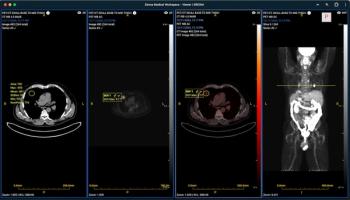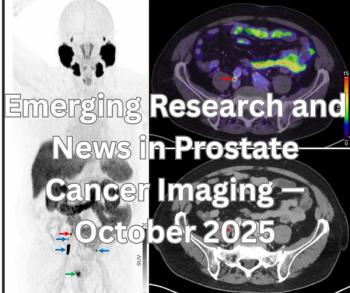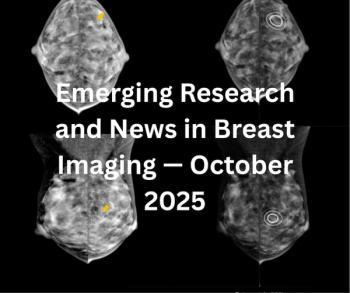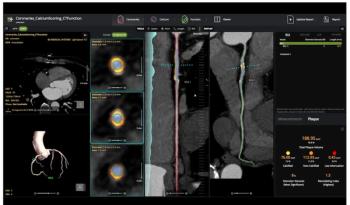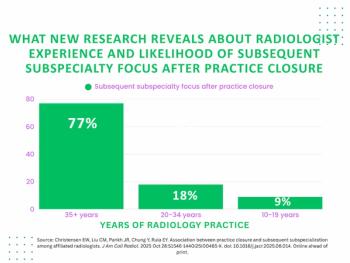
Interventional Radiologists: Y-90 Liver Cancer Treatment Effective
Interventional radiologists have confirmed the effectiveness of a liver cancer treatment that has shown results were chemotherapy has failed. Treating liver tumors with higher doses of intra-arterial yttrium-90 radioembolization, which can be done on an outpatient basis, was shown to be effective and help preserve the patient’s quality of life, according to a study presented this week at the Society of Interventional Radiology’s 36th annual scientific meeting in Chicago.
Interventional radiologists have
"We knew that this unique interventional radiology treatment, done on an outpatient basis, which combines the radioactive isotope Y-90 into microspheres (small beads about the width of five red blood cells) that deliver radiation directly to a tumor, was one of the best ways to give patients a treatment that doesn't harm healthy cells," Riad Salem, MD, MBA, FSIR, professor of radiology, medicine, and surgery, and director of interventional oncology at Northwestern University’s radiology department, said in a statement.
"Now we know that patients can actually tolerate much higher doses of radiation than previously thought, which provides results in patients progressing on standard chemotherapy," he said.
Patients aren’t cured, but their lives are being extended and quality of life improved, he said.
In the four-year study, researchers looked at 151 patients with liver metastases from colorectal, neuroendocrine, and other cancers. Surgical removal of liver tumors is the best option, Salem said, but most patients aren’t candidates, and chemo becomes less effective as the disease progresses. In this study, patients showed high rates of “progression-free survival,” reasearchers said.
Here’s how the Y-90 radioembolization treatment works. The microspheres are injected through a catheter from the groin, and the beads become lodged within the tumor vessels where they cause cell death. This technique allows for a higher, local dose of radiation, with no danger from radiation to the healthy tissue in the body, according to Salem.
Newsletter
Stay at the forefront of radiology with the Diagnostic Imaging newsletter, delivering the latest news, clinical insights, and imaging advancements for today’s radiologists.

